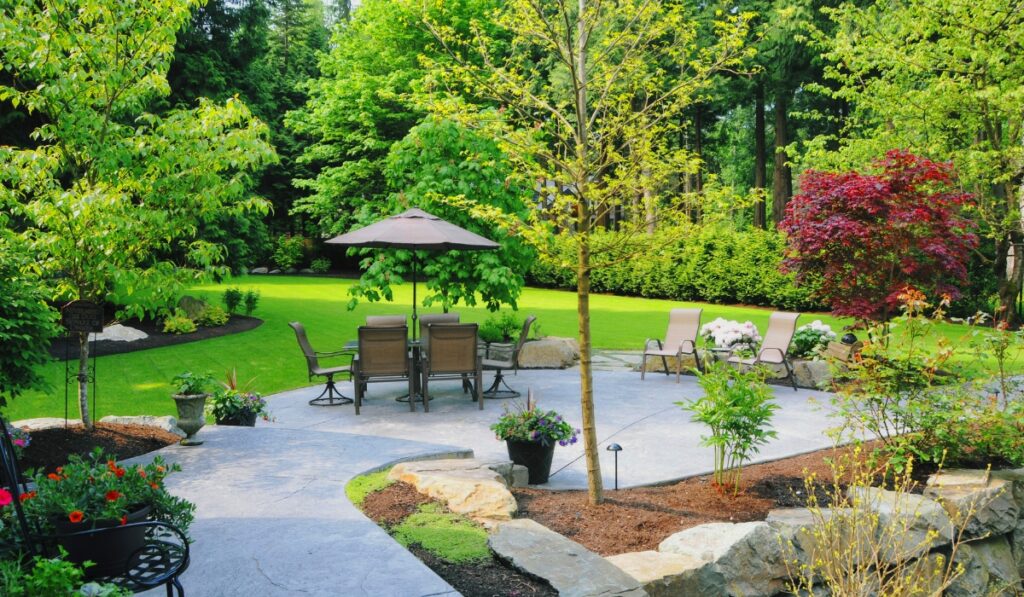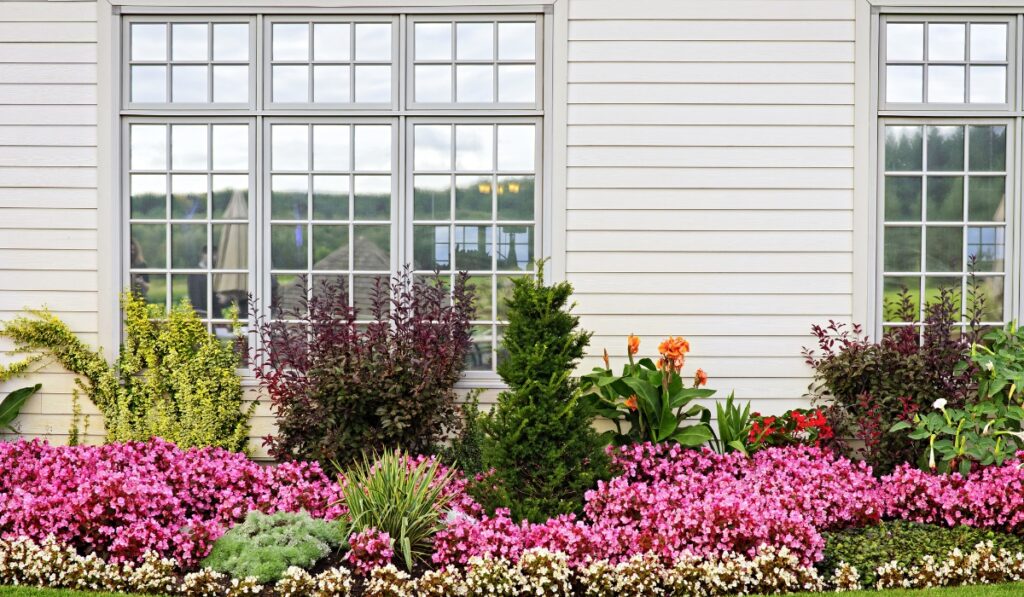Posts Tagged xeriscaping
Drought-Tolerant Landscaping: Creating a Thriving Oasis in California’s Summer Sun

California’s summers are renowned for their sunshine, warmth, and unfortunately, their dryness. As water conservation becomes increasingly crucial, it’s time to rethink our landscaping choices and embrace the beauty of drought-tolerant designs. At DK Landscaping, we specialize in creating stunning, sustainable landscapes that flourish even in the harshest conditions.
The Importance of Water Conservation
With California facing ongoing drought conditions, responsible water use is paramount. Traditional lawns and water-hungry plants strain our precious resources and can lead to hefty water bills. By transitioning to drought-tolerant landscaping, we can significantly reduce our water consumption, create more sustainable environments, and still enjoy beautiful outdoor spaces.
Embracing the Beauty of Drought-Tolerant Plants
Drought-tolerant landscaping doesn’t mean sacrificing beauty or vibrancy. Many stunning plants thrive in arid conditions, offering a diverse palette of colors, textures, and forms. These plants have adapted to survive with minimal water, often boasting features like succulent leaves, deep roots, or silvery foliage that reflects sunlight.
Some popular drought-tolerant plants for California landscapes include:
- Succulents: Echeveria, Agave, Aloe
- Native Plants: California Poppy, Ceanothus, Manzanita
- Ornamental Grasses: Purple Fountain Grass, Blue Fescue, Feather Reed Grass
- Drought-Tolerant Shrubs: Lantana, Lavender, Rosemary
Designing Your Drought-Tolerant Landscape
Creating a successful drought-tolerant landscape involves careful planning and consideration of several factors:
- Soil: Improve soil drainage and water retention by adding organic matter like compost.
- Sun Exposure: Choose plants that are well-suited to your yard’s specific sun and shade conditions.
- Hydrozoning: Group plants with similar water needs together to optimize irrigation efficiency.
- Mulching: Apply a layer of mulch to conserve moisture, suppress weeds, and regulate soil temperature.
- Irrigation: Install a water-efficient irrigation system, such as drip irrigation, to deliver water directly to plant roots.
Beyond Plants: Creative Landscaping Ideas
Drought-tolerant landscaping goes beyond plant selection. Consider incorporating these elements into your design:
- Hardscaping: Use pavers, gravel, or decomposed granite to create patios, walkways, and other non-plant areas.
- Dry Creek Beds: Mimic natural drainage channels with decorative rock and gravel beds.
- Rain Gardens: Capture and filter rainwater runoff with strategically placed depressions filled with native plants.
- Water Features: Add a touch of tranquility with a small fountain or recirculating water feature.
DK Landscaping: Your Partner in Sustainable Design
At DK Landscaping, we are passionate about creating beautiful, water-wise landscapes that thrive in California’s climate. Our team of experts can guide you through every step of the process, from plant selection and design to installation and maintenance.
Let us help you transform your outdoor space into a sustainable oasis that conserves water, supports local ecosystems, and brings you joy for years to come. Contact us today for a free consultation!
Remember, drought-tolerant landscaping is an investment in the future of our environment and your outdoor living experience. Let’s work together to create a more sustainable and beautiful California.
Saving Water, Beautifying Spaces: Water-Efficient Landscaping Techniques

Welcome to the DK Landscaping blog, where we blend beauty with sustainability. In today’s post, we’re diving into the heart of water-efficient landscaping techniques that not only save precious water resources but also transform your outdoor spaces into stunning eco-friendly havens.
Embracing the Basics of Water Efficiency
Understanding Your Landscape’s Needs
Before we start, it’s crucial to understand the unique needs of your landscape. This means assessing soil type, sunlight, and the local climate. By understanding these elements, you can make informed choices that naturally reduce water usage.
The Role of Native Plants
Native plants are the cornerstone of water-efficient landscaping. They’re adapted to the local environment, requiring less water than non-native species. We’ll explore how to select and incorporate these into your design for a resilient and vibrant garden.
Innovative Irrigation Techniques
Drip Irrigation: A Closer Look
Drip irrigation is a game-changer for water efficiency. By delivering water directly to the roots of plants, it minimizes waste and maximizes growth. We’ll guide you through setting up a system that suits your landscape’s specific needs.
Timing is Everything: Smart Irrigation Controllers
Learn how integrating smart irrigation controllers can automate and optimize your watering schedule based on real-time weather conditions, saving water and boosting plant health.
Mulching and Soil Management
The Magic of Mulch
Mulch isn’t just for looks. It plays a pivotal role in retaining soil moisture, regulating temperature, and suppressing weeds. Discover the best types of mulch for your garden and how to apply them effectively.
Soil Amendment Strategies
Healthy soil equals healthy plants. We’ll share tips on improving soil structure and fertility, ensuring your garden thrives while reducing the need for supplemental watering.
Designing with Water Efficiency in Mind
Zoning Your Garden for Water Efficiency
Creating zones in your garden based on water needs can significantly reduce waste. We’ll help you design a layout that groups plants with similar watering requirements together, making your landscape both beautiful and water-wise.
The Beauty of Xeriscaping
Xeriscaping doesn’t mean sacrificing color or variety. Learn how to design a stunning, low-water landscape using drought-tolerant plants and creative design principles.
Beyond the Garden: Rainwater Harvesting
Catching Every Drop: The Basics of Rainwater Harvesting
Rainwater harvesting systems can supplement your water supply beautifully. From simple rain barrels to more sophisticated systems, we’ll show you how to capture and use rainwater effectively in your garden.
The Impact of Water-Efficient Landscaping
Environmental and Economic Benefits
Adopting water-efficient landscaping techniques isn’t just good for the planet—it can also reduce your water bill. We’ll discuss the broader benefits of making these changes, from supporting local ecosystems to contributing to global water conservation efforts.
At DK Landscaping, we believe in creating beautiful, sustainable landscapes that stand the test of time. We hope this guide inspires you to adopt water-efficient practices that make a difference in your garden and the world. Stay tuned for more tips and insights on eco-friendly landscaping. Contact us today if you need help with your landscaping!





